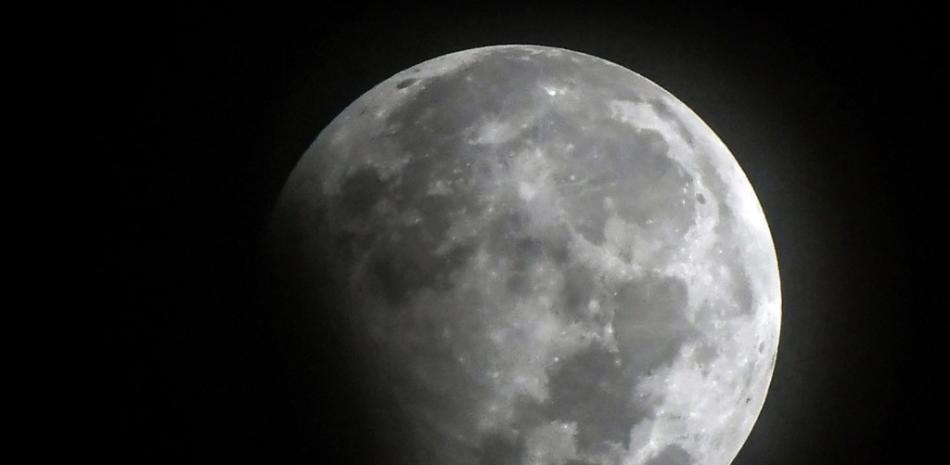(CNN) — Jupiter was one of the first targets observed by the James Webb Space Telescope when it turned its infrared gaze toward the universe in July 2022. After capturing stunning images that exceeded astronomers’ expectations, the space observatory has now revealed a never-before-seen feature of the universe. Gas giant atmosphere.
The researchers used a near-infrared webcam, or NIRCam, to take a series of images of Jupiter 10 hours apart, applying four different filters to detect changes in the planet’s atmosphere. Infrared light is invisible to the human eye, and the unprecedented capabilities of the Webb Telescope have been used over the past year to reveal several newly observed celestial features, such as massive clusters of young stars and unexpected pairs of planet-like objects.
Astronomers have discovered a high-speed jet stream in Jupiter’s lower stratosphere, an atmospheric layer located about 40 kilometers above the clouds. The jet stream, which is located above the planet’s equator, is more than 4,800 kilometers wide and moves at a speed of 515 kilometers per hour. That’s twice the speed reached by the sustained winds of a Category 5 hurricane on land.
The study results, made possible by Webb’s sensitive capabilities, shed light on the dynamic interactions within Jupiter’s stormy atmosphere.
“This completely surprised us,” said Ricardo Hueso, lead author of the study published October 19 in the academic journal. Nature astronomyIt’s a statement. Hueso is a professor of physics at the University of the Basque Country in Bilbao, Spain.
“What we always saw as a mysterious haze in Jupiter’s atmosphere now appears as sharp features that we can track alongside the planet’s rapid rotation,” he said.
Wild weather for Jupiter
Jupiter is the largest planet in our solar system and is made up of gases, so it couldn’t be any different from Earth. But, like our planet, Jupiter has a layered atmosphere. These turbulent layers have been observed by previous missions and telescopes trying to better understand how different parts of the atmosphere interact with each other. The layers also contain weather patterns, including centuries-old storms, such as Jupiter’s Great Red Spot, and clouds made of frozen ammonia.
While other missions have penetrated deeper into Jupiter’s swirling clouds using different wavelengths of light to look beneath them, Webb is in a unique position to study the higher altitude layers, about 25 to 50 kilometers, above the cloud tops, spying previously indistinguishable details. .
“While many ground-based telescopes, spacecraft such as NASA’s Juno and Cassini, and NASA’s Hubble Space Telescope have observed the changing weather patterns of the Jovian system, Webb has already provided new findings about Jupiter’s rings, satellites, and atmosphere.” Author Imke De Pater, professor emeritus of astronomy and Earth and planetary sciences at the University of California, Berkeley, said in a statement.
Jet stream detection
The researchers compared the winds detected by Webb at high altitudes with those in the lower layers captured by Hubble, and tracked changes in wind speed. Both space observatories were essential to detecting the jet stream, with Webb detecting small clouds and Hubble providing a view of the tropical atmosphere, including storms unrelated to the jet. The two telescopes provided a broader view of Jupiter’s complex atmosphere and the processes taking place within the layers.
“We knew that the different wavelengths from Webb and Hubble would reveal the 3D structure of storm clouds, but we were also able to use the timing of the data to see how quickly storms develop,” he said in a statement. Author Michael Wong, a planetary scientist at the University of California, Berkeley, who led the associated Hubble observations.
Future observations of Jupiter using the Webb telescope may reveal more information about the jet stream, such as whether its speed and altitude are changing over time, among other surprises.
“It is amazing to me that after years of tracking Jupiter’s clouds and winds from so many observatories, we still have so much more to learn about Jupiter, and features like this jet remained hidden from view until these new NIRCam images were taken in 2022,” Co-author Lee Fletcher, a professor of planetary science at the University of Leicester in the UK, said in a statement.
“Jupiter has a complex but repetitive pattern of winds and temperatures in the equatorial stratosphere, much higher than the cloud winds and fog measured at these wavelengths. If the strength of this new flow is related to this oscillating stratospheric pattern, we can expect the flow to change dramatically during The next two to four years. “It will be really interesting to test this theory in the coming years.”

“Proud web fanatic. Subtly charming twitter geek. Reader. Internet trailblazer. Music buff.”




:quality(85)/cloudfront-us-east-1.images.arcpublishing.com/infobae/3W7GFG74Z7P4LJX4CXGTEGDPIQ.jpg)


More Stories
Don’t fall into the trap of fake offers of GB arriving on your WhatsApp
The Eta Aquaridus meteor shower, the remnants of Halley’s Comet, will be visible from Earth this weekend
This is what this study says